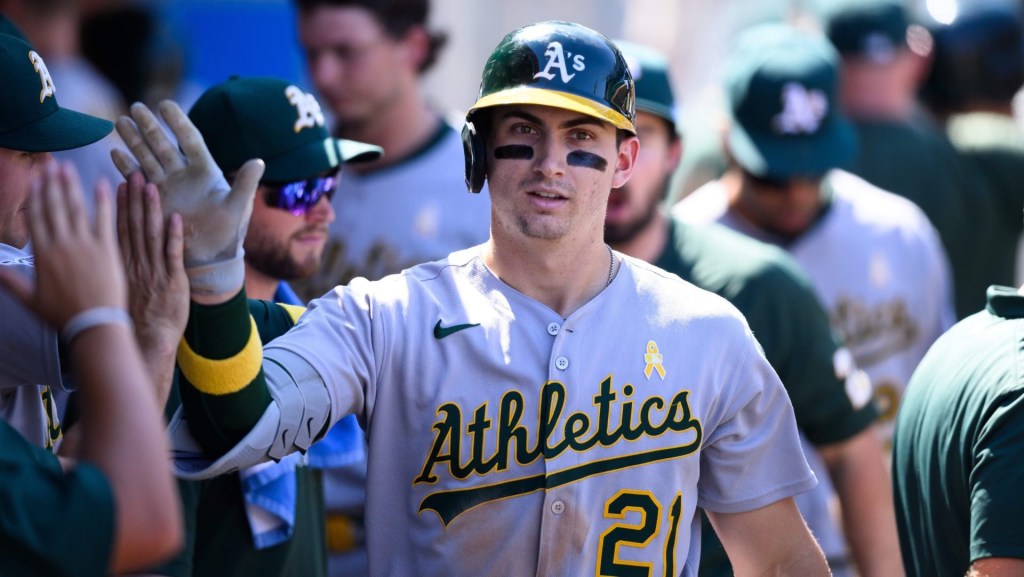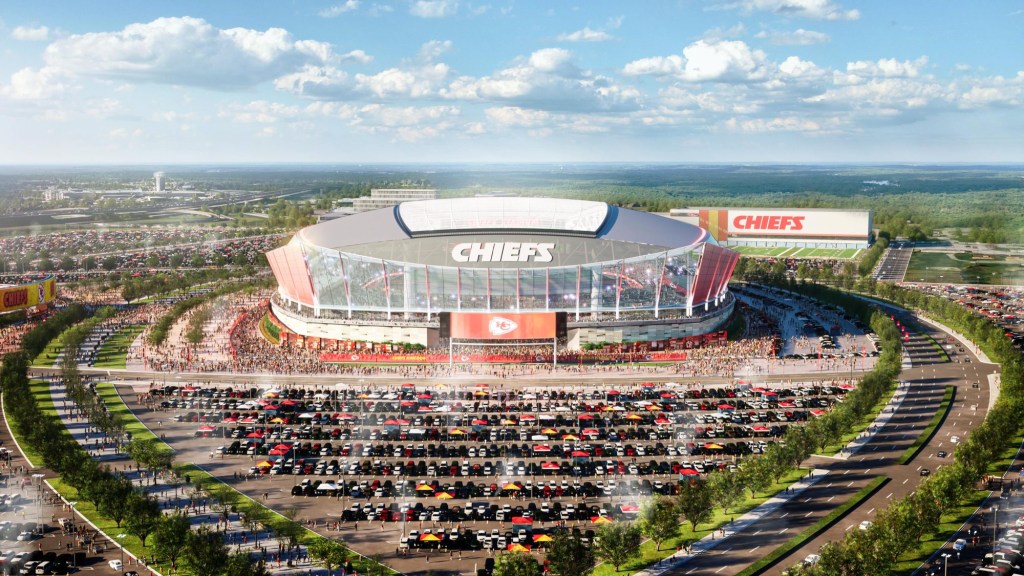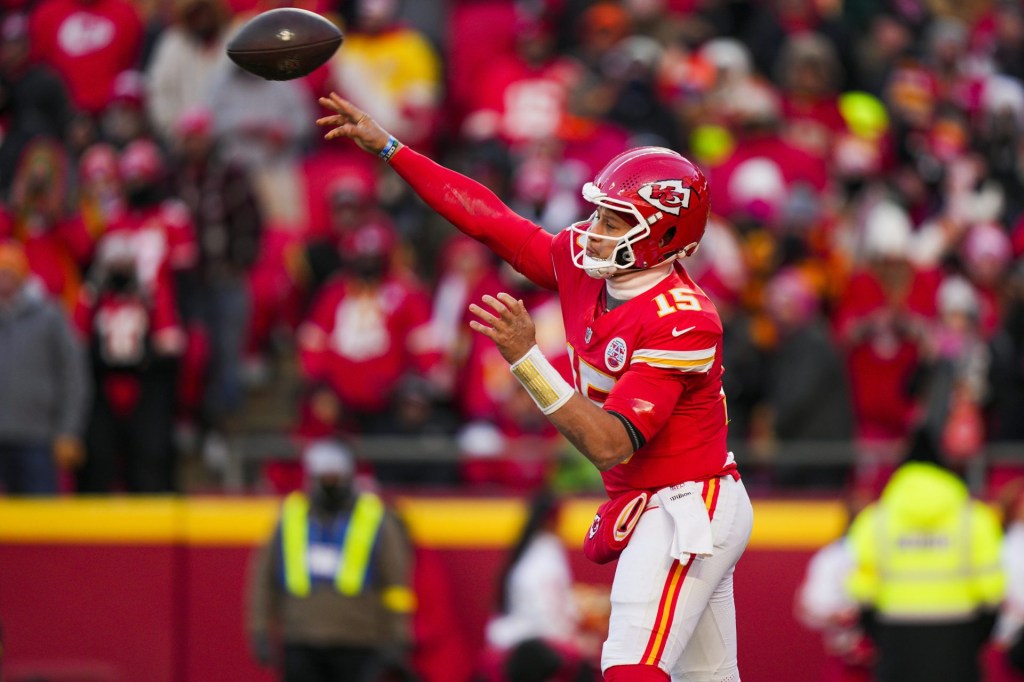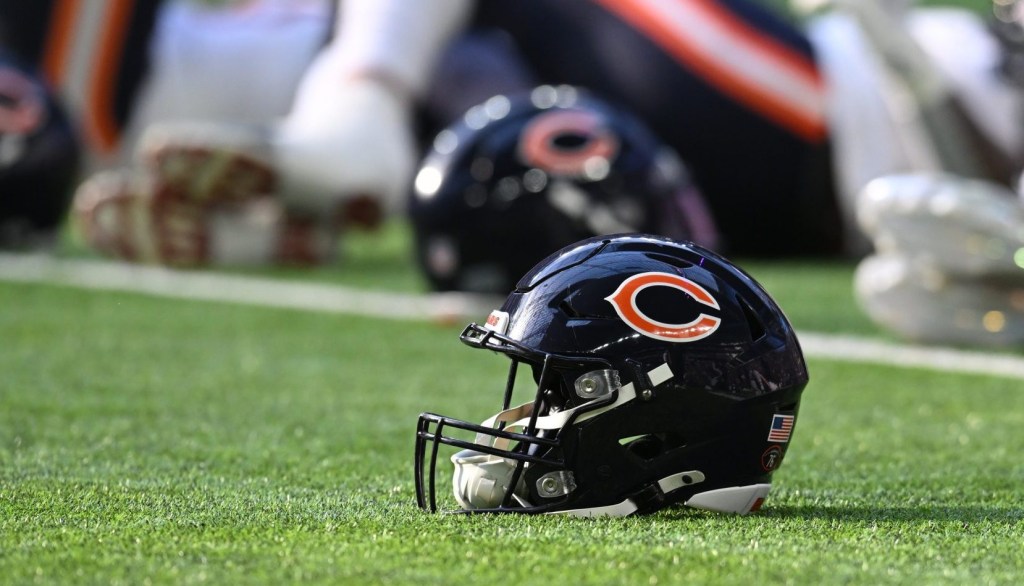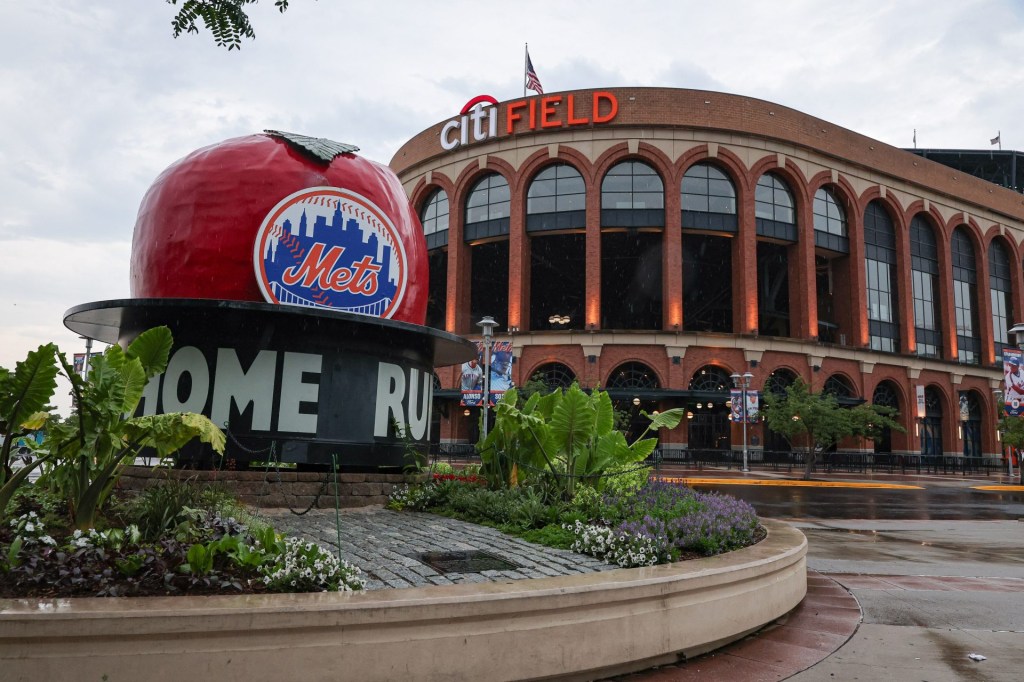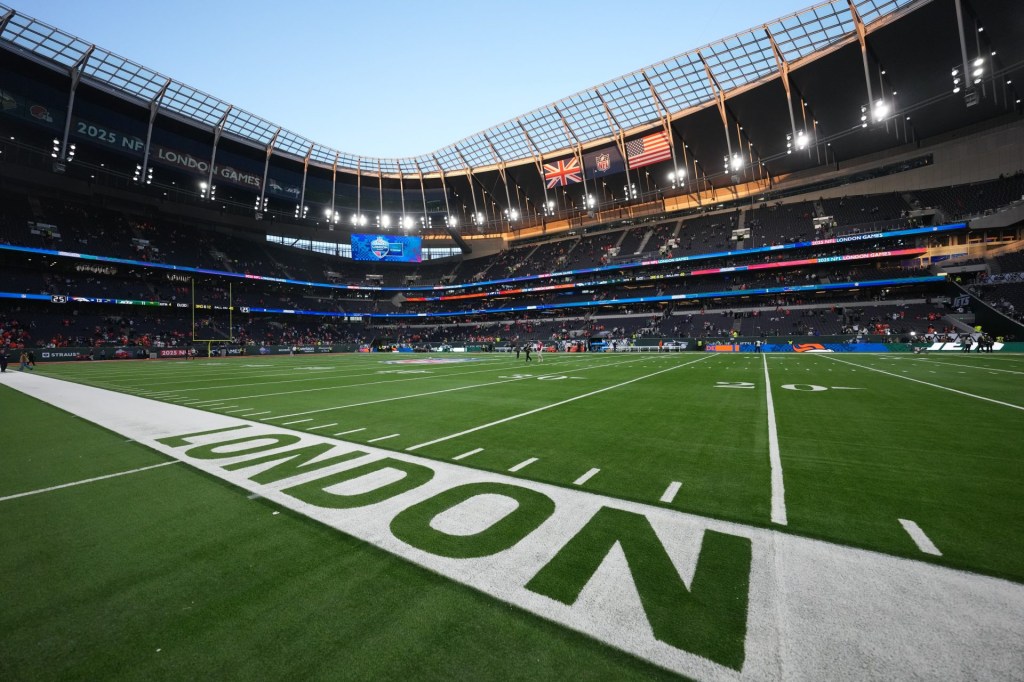I could tell it hadn’t been a regular A’s game just from the crowd on the train. The fans still radiated a ballgame atmosphere four stops from the Coliseum station.
“How was the game?” I asked the Giants fan behind me.
He shrugged. “We won.”
“Were there more Giants fans or A’s fans?”
“Oh, A’s fans. We knew our place.”
Ignited by the Battle of the Bay, Oakland Athletics fans delivered the kind of crowd that has been sorely missing all year: 40,065 on Saturday, Aug. 6, and 31,605 the following day.
The A’s have found deeper doldrums this year than perhaps any I’ve ever seen in a professional sports team, but for one weekend the passionate, scrappy, delirious Oakland fanbase I’ve come to know in previous seasons came alive again.
It’s not just that the team is bad this year. It is — the A’s have the worst record in the American League — but being bad is nothing special. It’s that plus everything else.
- The A’s are last in attendance by a wide margin: they draw an average of 9,444 fans.
- The stadium has issues, many of which were listed in a letter from team president Dave Kaval to the stadium authority in May. Among them: broken seats, leaks, mold, plumbing backups, numerous moths, and a colony of feral cats, estimated at 40 to 50, that took up residence on the stadium grounds during the pandemic.
- Team leadership is publicly exploring a move to Las Vegas, which would make them the third major team to leave the city in recent years. The Golden State Warriors moved from the same plot of land as the A’s to San Francisco in 2019, and the Raiders went to Vegas in 2020.
- On at least a few days early in the season, the A’s were outdrawn by their own Triple-A team, the Las Vegas Aviators — not a great look for a team trying to fend off a move to that same city.
The team’s lease at RingCentral Coliseum expires after the 2024 season, and their impending free agency presents a fork in the road.
California Dreaming
The A’s have presented a $12 billion vision that is everything their current home is not: a state-of-the-art waterfront stadium surrounded by parks, 3,000 housing units, restaurants, a 400-room hotel, and 270,000 square feet of retail space.
Their chosen locale, the Howard Terminal port site (currently used for port storage and training) is an easy walk from the restaurant-dense Jack London Square area, and not much further from Downtown Oakland.
Their current home isn’t close to much — other than the airport.
Architectural firm Bjarke Ingels Group drew up an ecotopia vision of the stadium with a plant-covered outer rim sloping down to the midpoint of centerfield, nearly reaching the ground outside the stadium, where paths would run along the waterfront.
It’s easy to dream up something before the realities of steel, concrete, and money intervene, but done right, the Howard Terminal development could replace a shipping yard with a dynamic and fun neighborhood that would spread vitality to the adjacent areas.
That’s one path in the fork. The other heads southeast to Las Vegas, where the team is in talks with landowners about three potential sites, two of which are situated near the famous Las Vegas Strip.
While the team’s efforts give the sense that staying in Oakland is Plan A, Vegas presents a viable alternative — and significant leverage through the often contentious negotiations with Oakland leadership. Team executives still meet regularly with Las Vegas landowners, including talks with Las Vegas Festival Grounds owner Phil Ruffin last week.
And yet, after over a year of exchanging proposals, the city and the team have a deal framework — based on a non-binding term sheet approved by the city council in July 2021 — largely hammered out.
Public Money, Just Not Oakland’s
The agreement puts the large majority of the cost burden on the team, but the city may face greater challenges in meeting its end of the bargain.
- The A’s would cover the full cost of on-site construction, including the stadium, housing, park land, and the rest of the Howard Terminal site.
- The city would handle off-site infrastructure like roads, train tracks, and bike paths, totaling an estimated $350 million.
“That’s everything,” Kaval told A’s Cast in reference to the city’s need for funding. “Many of the other issues are actually kind of solved.”
While Oakland has held firm to a policy of no public funds for sports stadiums, if the Howard Terminal deal reaches the finish line, it will likely be with a push from public money from larger piles, namely California and the U.S. government.
State senator Nancy Skinner, who represents Oakland, managed to insert a $279.5 million appropriation in the state’s nearly $300 billion budget for 2021-2022 for “improvements” to the Port of Oakland “that facilitate enhanced freight and passenger access and promote the efficient and safe movement of goods and people.”
A good chunk of that sum will go toward the infrastructure improvements slated in the deal with the team.
The rest may come from a $14.5 million grant from the federal government’s RAISE program, which the city has already secured, and a $113 million grant from the Department of Transportation’s Mega program, which supports large, complex projects.
“I believe that would, if we are successful, pay for nearly all of the off-site infrastructure improvements,” Oakland mayor Libby Schaaf told Oaklandside.
If not? It’s hard to say. There are other ways to come up with $100-some million for a project of this size, but politics and regulations limit Oakland’s options — and Vegas is still waiting.
Oh, and the city council still has to fully commit to the deal. Should a vote fail or even get delayed too long, the team could decide it’s had enough.
This vision has grinded on through lawsuits, opposition, delays, commission votes, and each time fans have had to wonder if this is the one that makes the team say, “Screw it, we’re going to Vegas.”
That’s been the background to a season in which the A’s came in having traded away nearly every notable player from what was, not long ago, an exciting core. The team, which won the AL West in the shortened 2020 season, now has the second-worst record in MLB and its second-lowest payroll at $47.8 million.
It’s been enough to finally slow down a fanbase known for green wigs, absurd dances, and headbanging in the bleachers.
But for a weekend in August, the A’s fans showed they haven’t gone anywhere. They’re just waiting for a reason to cheer.

